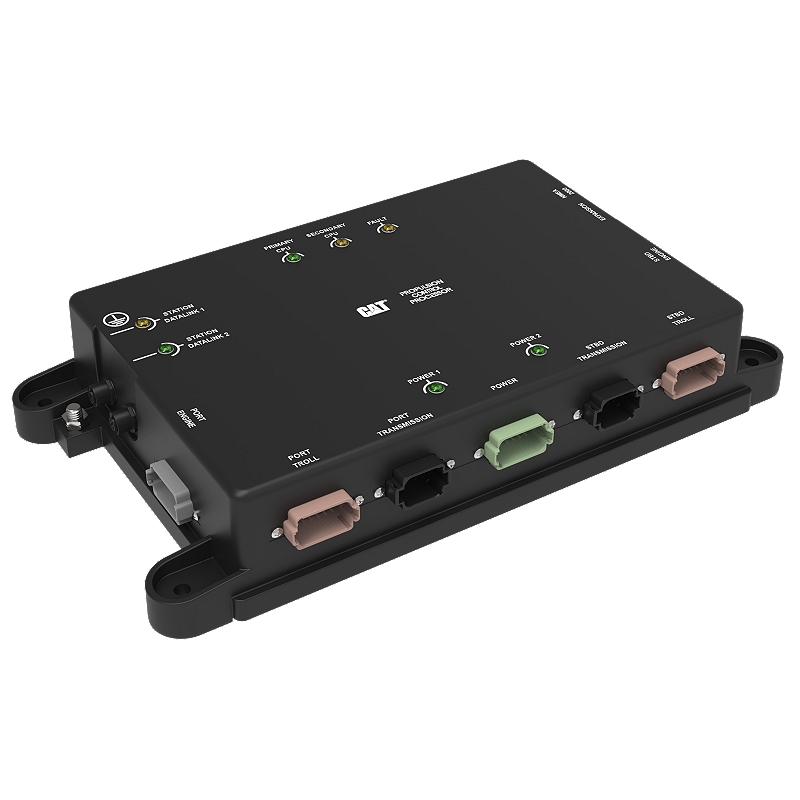Standard
Built in redundant sensor packages, Motorized lever supporting follow-up control. Allows for tailor-made customization.
Standard
Redundant control processor unit for controlling single- or- twin-power train configurations, including engine transmissions and trolling valves. Configurable interface for integration into vessel's ecosystem.
Standard
Redundant control processor unit for controlling single- or- twin-power train configurations, including engine transmissions and trolling valves. Configurable interface for integration into vessel's ecosystem.
Standard
Main control processor enclosed in marine cabinet. Designed to be integrated with (LECP II/III, MECP II/III). Allows for tailor-made customization.
Standard
CMD5, CMD8, and CMD13 with easy access to operating data and alarm notification for engine and power train control systems.
Standard
Standardized control and engine room harnessing available in various lengths.
Optional
Small footprint offers an integrated mode selector. Built-in display using dynamic user interface enhacing user experience. General alarm status indicators in the lever head.



